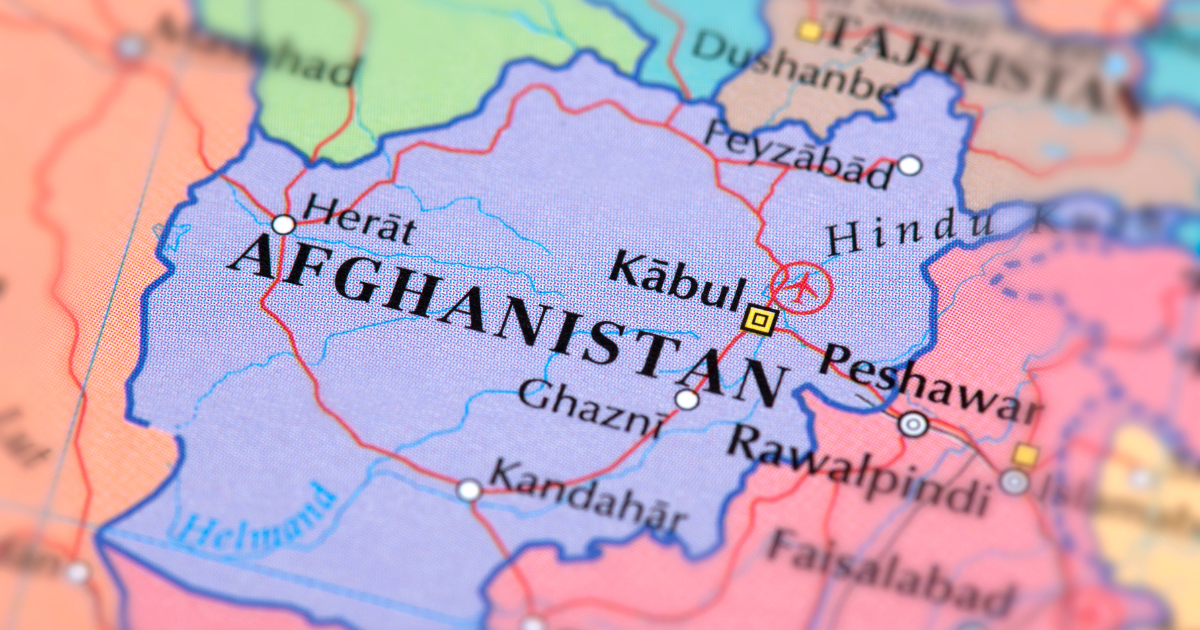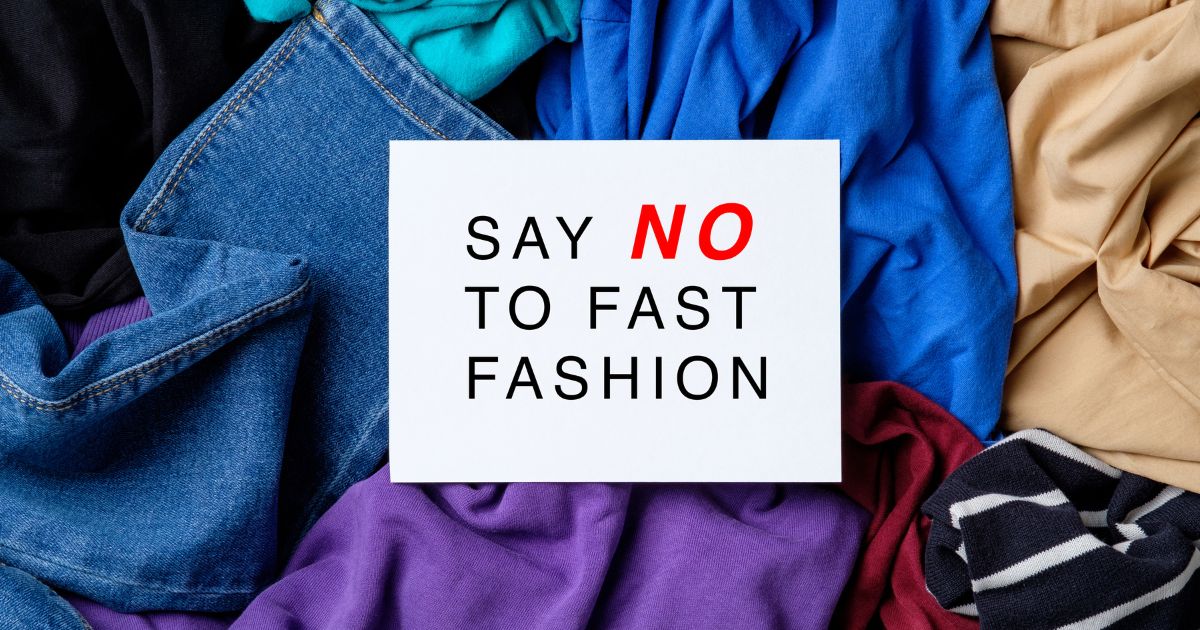The world through the years has seen many new technologies develop and change the landscape of the market and simply life as we know it. Covid brought with itself a new lifestyle and new expectations that the consumers have with the products they were buying. The era of covid not just changed us fundamentally as human beings but also changed the landscape of any and all industries. At the same time as the pandemic, new technologies like crypto currencies, digital wallets, NFTs, block-chain technology, metaverse, augmented and virtual reality were taking off the ground. Pandemic gave these technologies the right environment and market to flourish. We saw a fast-paced change in consumer culture where people felt a stronger need to express themselves through their digital identities and personalities. Choice of clothes and accessories or fashion has widely been accepted as a channel of self-expression and a way to demonstrate oneself to the world, and a sudden move to a digital universe due to the restrictions in the real one, allowed for a need for better ways of self-expression to develop. A new market seemed to develop for the fashion brands that had been ruling the world through their art. The NFT technology allowed for limited ownership of all that was being marketed through it. A fusion of the two has led to the complete change in the landscape of the fashion and technology market, two fairly different industries intersecting on a very fundamental level has brought about its own challenges.
You must also wonder, why has only NFTs managed to make fashion high-tech? was Zendaya’s Met Gala Cinderella not it? Well, the idea of exclusivity and uniqueness is one of the fundamental derivatives for any fashion enthusiast. They demand and expect their clothes and accessories to be one of a kind, especially when they are spending on luxury brands. NFTs allow for this expectation to be fulfilled along with giving a higher amount of creative freedom to the designers and creators of such clothes. The fashion industry, an industry that was only lucrative until the product became tangible can now become an industry that can function on intellectual, creative and artistic prowess rather than an expertise in product design and engineering. It’s now a symbiotic relationship, NFTs being a crypto technology ensures the design is only owned by as many people as it was made to, reducing the risk of counterfeited pieces along with ensuring intellectual property rights, while fashion bringing the technology to a forefront, in the eyes of the people.
The non-fungibility of this crypto technology is also the biggest asset for designers ensuring not just the uniqueness of the design but also allowing them to track the ownership, sale and purchase of their piece, as many times as it may be sold without the physical wear and tear of their piece of art. Through the NFT technology any and every piece sold can be used to collect royalty from each sale and purchase of their piece. The question now remains, that is the current law and understanding of trademark and copyright translate to the digital world as well as it does to the physical? A recent lawsuit filed in New York by Hermes Birkin against an artist Mason Rothchild seems to be the channel to move the law forward. Rothschild created a range of NFTs based on the Hermes Berkin Bags with faux fur, which led to a lawsuit and a cease-and-desist letter, to which Rothschild replied, that by the First Amendment, his work as a piece of art and hence is allowed to be his interpretation of the world. The US has started its journey of modifying the law so as to accommodate the digitization of art, design and all intellectual property. India is yet to see a development in laws for the benefit of artist and designers creating pieces in the form these Non-Fungible Tokens.
The advent of NFTs in the market is raising many new questions in trademark and copyright law. One of the most popular NFT ranges – the Bored Ape Yacht Club or BAYC by Yuga Labs is seeing trademark litigation in California. Most NFT content licenses don’t convey any intellectual property rights but in this case the license gives the owner the license to not just display the piece but also the right to create derivative pieces using the BAYC characters and brand. Ryder Ripps, the defendant in the Yuga Labs litigation created NFTs using the BAYC images. Yuga Labs claims that they are exactly the same, even the numbers assigned to these NFTs by Yuga Labs are the same, and this may cause confusion among the people about this being the original bored ape NFTs. The only difference according to Yuga Labs is the title of the NFTs being RR/BAYC and not just BAYC. The NFT images by Ripps also contained symbols like a skull on the clothing worn by the bored apes in the original images which are being trademarked by Yuga Labs. This case poses a very straightforward question of trademark and licensing but how is something like this to be enforced or adjudicated upon while the rights through First Amendment that are being invoked by Rothschild in New York? An understanding of the global nature of NFTs needs to be understood by the courts. Much like the internet, NFTs transcend state or national boundaries, different jurisdictional laws applied to NFTs might just be counterproductive.
In the recent Nike v. StockX case brought forward the first sale doctrine in trademarks and discussed how it comes into play in a digital property. The defendant, StockX is an online resale platform that started selling NFTs with Nike sneakers. Nike filed a suite for the infringement of trademark while stockX took to the argument that those NFTs are based on legally purchased physical products, and owners of the NFTs can anytime exchange it for the physical product. The first sale doctrine in patent and trademark law has the right to use that item for its ordinary intended uses and to resell it without harming any entities intellectual property rights. The assumption is that the intellectual property owner received the compensation on the very first sale of the product. Even this doctrine has its limits, it does allow the buyer to use and resell the product but not to create other products bearing the trademark, a question then is if the NFT and the physical product are considered the same or separate assets? If the former can be proven successfully then StockX may have a case, establishing the rights of the owner of an NFT.
This area is so new that no law has even sought to identify the intellectual property attached with all things NFT. It’s an area that not just poses question in intellectual property law but also how technology will be governed and regulated in the future world largely transcending towards metaverse and virtual reality. Such litigations are a step forward to a more codified structure of law governing the virtual world and properties so derived from it.
REFERENCE LIST
Alexander, B., & Bellandi, N. (2022). Limited or limitless? exploring the potential of nfts on value creation in luxury fashion. Fashion Practice, 14(3), 376–400. https://doi.org/10.1080/17569370.2022.2118969
Joy, A., Zhu, Y., Peña, C., & Brouard, M. (2022). Digital Future of luxury brands: Metaverse, Digital Fashion, and non‐fungible tokens. Strategic Change, 31(3), 337–343. https://doi.org/10.1002/jsc.2502
Kirjavainen, E. (1970, January 1). The future of luxury fashion brands through nfts. The URN resolver of The National Library of Finland. Retrieved December 21, 2022, from http://urn.fi/URN:NBN:fi:aalto-202205022974
Media, N. (n.d.). Copyright and nfts: New wine in old bottles? World IP Review. Retrieved December 21, 2022, from https://www.worldipreview.com/article/copyright-and-nfts-new-wine-in-old-bottles
Michaels, A. C. (2022). NFT litigation is raising novel trademark questions. SSRN Electronic Journal. https://doi.org/10.2139/ssrn.4194097
Muraca, C. (n.d.). The ‘metabirkin’ and the beginning of trademark litigation in the NFT Space. LARC @ Cardozo Law. Retrieved December 21, 2022, from https://larc.cardozo.yu.edu/aelj-blog/308/
Okonkwo, I. E. (2021). NFT, copyright and Intellectual Property Commercialization. International Journal of Law and Information Technology, 29(4), 296–304. https://doi.org/10.1093/ijlit/eaab010
Schmitz, A. J. (2022). Metaverse arbitration for resolving blockchain disputes 1.0…. SSRN Electronic Journal. https://doi.org/10.2139/ssrn.4144760
Schmitz, A. J. (2022). Resolving NFT and smart contract disputes. SSRN Electronic Journal. https://doi.org/10.2139/ssrn.4162969
Sestino, A., Guido, G., & Peluso, A. M. (2022). The interplay of consumer innovativeness and status consumption orientation when buying NFT-based fashion products. Non-Fungible Tokens (NFTs), 63–75. https://doi.org/10.1007/978-3-031-07203-1_6
Wang, D., Ren, Q., Li, X., Qi, Y., & Zhou, Q. (2022). Defining consumers’ interest and future of NFT Fashion. Advances in Social Science, Education and Humanities Research. https://doi.org/10.2991/assehr.k.220401.111
Vjayakumaran, A. (2021). Nfts and copyright quandary. Journal of Intellectual Property, Information Technology and Electronic Commerce Law, 12(5), 402-413.
Yanisky-Ravid, S., & Monroy, G. (2022). The promised land: blockchain and the fashion industry. Brooklyn Law Review, 87(2), 609-656.
Madison Yoder, An “OpenSea” of Infringement: The Intellectual Property Implications of NFTs, 6 U. Cin. Intell. Prop. & Computer L.J. (2022)
Available at: https://scholarship.law.uc.edu/ipclj/vol6/iss2/4
Lim, K., Richardson, M., Teoh, S., & Seto, W. (2022). More on convening technology: blockchain, fashion, and the right to know. SCRIPTed: Journal of Law, Technology and Society, 19(1), 36-60.
Fairfield, J. A. (2022). Tokenized: the law of non-fungible tokens and unique digital property. Indiana Law Journal, 97(4), 1261-1314.

















